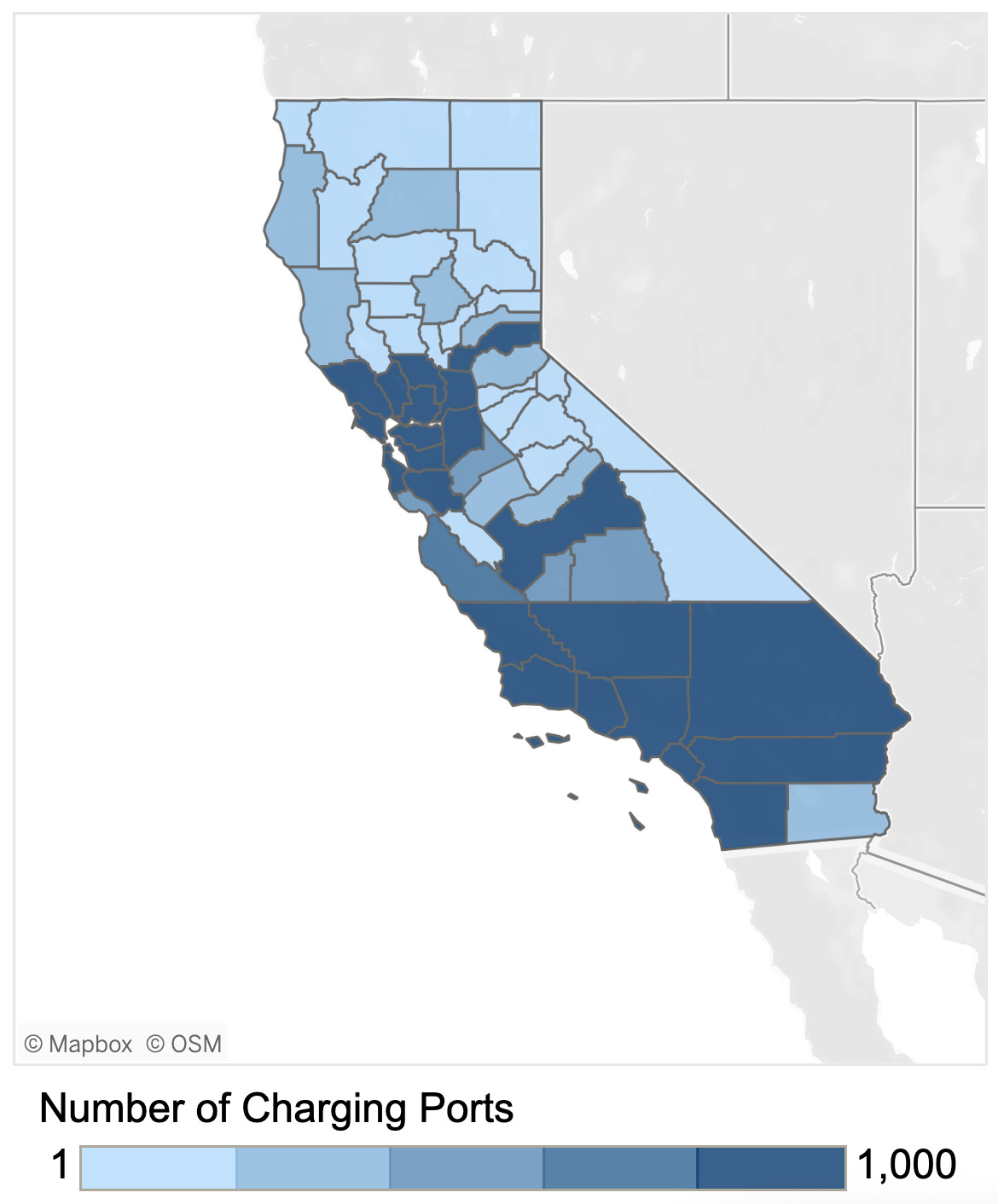🌀🗞 The FLUX Review, Ep. 209
October 2nd, 2025

Episode 209 — October 2nd, 2025 — Available at read.fluxcollective.org/p/209
Contributors to this issue: Justin Quimby, Ade Oshineye, Jon Lebensold, Erika Rice Scherpelz, Neel Mehta, Boris Smus, MK
Additional insights from: Anthea Roberts, Ben Mathes, Dart Lindsley, Jasen Robillard, Lisie Lillianfeld, Robinson Eaton, Spencer Pitman, Stefano Mazzocchi, Wesley Beary, and the rest of the FLUX Collective
We’re a ragtag band of systems thinkers who have been dedicating our early mornings to finding new lenses to help you make sense of the complex world we live in. This newsletter is a collection of patterns we’ve noticed in recent weeks.
“Technology without morality is barbarous; morality without technology is impotent.”
— Freeman Dyson
🪰⛪ Why fruit flies can’t build cathedrals
In 1992, Paul Allen and David Liddle founded Interval Research. It was built to be the Xerox PARC of the new century—no shipping pressure, no commercial deadlines. But within a few years, it collapsed under investor expectations of “less R and more D.” A research lab hoping to operate at the pace of cultural change failed to keep up when it was judged on the cadence of product cycles.
Pace layers describe how different parts of a system move at different speeds: fashion moves fast, infrastructure slowly, culture slower still. When those layers complement each other, systems evolve. When they don’t, we see cracks. The problem isn’t slowness or speed on their own—it’s misalignment. If you want to thrive in a layer, then you have to adopt its clock speed.
A pace layer violation is when something is built for one timescale but governed by another. Interval Research was designed to move slowly, but was managed as if it were fast, resulting in collapse.
These violations are common. A company enters hardware with software culture. A research group is tasked with delivering quarterly results. An engineer tries to iterate on a prototype with their CEO. The system doesn’t break because the goal is wrong; it breaks because the imposed clock speed is incompatible. This incompatibility causes people in the layers above you to look crazy and the people in the layers below you to look stultified.
Yet pace layer violations are so tempting. It would be nice to be able to move fast at the infrastructure layer, but sadly, not every goal is suited to every layer. Some work well at speed. Others require duration and depth. To build cathedrals or the Great Wall, you need an institution that will not pivot. You can’t iterate your way to a power grid, and you can’t change a government like a codebase. On the flip side, there’s no point in building out a multi-year supply of fabric in the color of the year. Knowing your native clock speed and respecting others’ is part of operating responsibly in layered systems.
With care, layers can interact, but they need buffers to insulate the interactions. These buffers protect slow-moving layers from volatility that can destabilize them and fast layers from getting gummed up in process. These buffers aren’t just about structure. They also need to include updated expectations: reporting, review cycles, definitions of success. A twenty-year initiative run on a one-year review cycle will fail, not on merit, but on impatience.
Another way to successfully violate pace layers is to change scale. If you want to iterate your way towards something like a power grid rapidly, then you have to create a new environment where you can do things on a smaller and faster scale. This is why we can do experimental evolution or predator-prey simulations to quickly understand pace layers that usually move more slowly than a human lifespan. It is also why vertical integration doesn’t violate pace layers: the same entity is responsible for making all the layers work well together, so it can control the clock speed of each layer and ensure they mesh.
Pace layering is not perfect. Real systems don’t separate cleanly, and disruptions don’t ask for permission. But even as a simplification, it offers a clear warning: if you misread the clock speed of what you’re building—or what you’re asking of others—you won’t just slow them down. You’ll tear them apart. So before you start, ask if the pace layer our goal belongs to matches what we’re asking of it.
🛣️🚩 Signposts
Clues that point to where our changing world might lead us.
🚏🎟️ People are “farming” OpenAI’s Sora 2 invite codes and selling them on eBay
OpenAI has released the latest version of its video generation model Sora, but it requires an invitation code to get access. Once you have an account, though, you can generate four invitation codes that you can give to others. Some enterprising users realized they can turn a profit on this: buy a code from someone for 10 to 20 dollars, keep one of the invitation codes to make a new account, sell the other three, and repeat indefinitely. One reporter found 20 active listings for Sora codes on eBay and many people on Reddit or X offering to sell them (accepting payment via Venmo or even crypto).
🚏🦜 Climate change drove the birth of a new hybrid bird
Biologists in Texas believe they’ve found “the first observed vertebrate that’s hybridized as a result of two species both expanding their ranges due, at least in part, to climate change.” The backstory: a birder in San Antonio found an extremely rare “grue jay” in the wild; the bird’s mother was a green jay and its father was a blue jay. While bird hybrids are common enough, this was an unexpected pairing: green jays are tropical birds that traditionally live in Central America, going only as far north as the Mexico–Texas border, while blue jays are native to the eastern US, so their ranges shouldn’t overlap much. But green jays have been expanding rapidly northward as overnight temperatures in Texas have risen, and bird feeders have helped blue jays spread westward, so their ranges have suddenly begun intersecting around San Antonio—the site where the hybrid was found.
A blue jay on the left, a green jay on the right, and the hybrid “grue jay” in the center. Source
🚏🇵🇭 The Philippine government is raking in billions from online gambling
Nearly half of the Philippines’ 69 million people are registered on online gambling and sports betting apps, over 60 times more than the half million users the country had in 2018. Business is booming: the Philippines is now Asia’s second-largest gambling hub (behind only Macau), the country’s online gambling industry saw its revenue triple from 2023 to ‘24, and online gambling now pulls in more revenue than physical casinos. The government regulator takes a 30% cut of all sales, and it’s expected to rake in over $1 billion this year, a tenfold increase from 2021. Experts worry that the Philippine government is becoming dangerously dependent on this revenue, because the online gambling regulator is now the second-biggest contributor to government coffers among all state-run enterprises.
🚏⛽ Public EV charging ports now outnumber gas nozzles in California
There are over 201,000 public and shared electric vehicle charging ports in California; that’s 68% more than the number of gasoline nozzles across the state, according to a new report from the California Energy Commission. That’s on top of the 800,000 private chargers installed in single-family homes statewide. The infrastructure boom isn’t just for small cars: the Golden State has over 20,000 “charging and hydrogen fueling points for medium- and heavy-duty zero-emission vehicles” (an increase of 23% since February), and Sacramento is even testing a hydrogen-powered train.
📖⏳ Worth your time
Some especially insightful pieces we’ve read, watched, and listened to recently.
Signs of AI Writing (Wikipedia) — A writing guide originally intended to help Wikipedia editors identify LLM-written contributions; it’s also a useful style guide for any writer and a thorough field guide for anyone who needs to sniff out AI text. It pinpoints many of the telltale signs of AI writing, from formatting (e.g. the infamous em dashes and emojis) to style (e.g. overusing the rule of three, excessive praise for the subject, and negative parallelisms) to end-user communication (e.g. “Of course!”, “Would you like me to…”, “As of my last knowledge update…”).
Nobody Knows How to Build With AI Yet (Scott Werner) — Captures the disorienting experience of LLM-assisted programming through the lens of “structured wishing.” Unlike traditional coding, where you translate precise logic into syntax, working with AI feels more like articulating intent and hoping the system infers your goals correctly. The author argues this represents a fundamental shift from deterministic to probabilistic development: we’re no longer writing instructions but rather having conversations with increasingly capable but fundamentally alien minds.
Clausewitz on Hegseth and the “Lethality” Obsession (Kiran Pfitzner) — Invokes the Prussian strategist Carl von Clausewitz to argue that the US Defense Secretary’s newfound obsession with “lethality” and “warfighters” is a grave category error: war is about achieving strategic and political ends, and being more “lethal” doesn’t necessarily help with that. As a previous Defense Secretary, Robert McNamara, failed to realize in his push to maximize body counts in Vietnam, “to take killing as the purpose of a military is to confuse means for ends and reduce the enterprise to a cargo cult, imitating behaviors without understanding their purpose.”
🌀🖋 More from FLUXers
Highlighting independent publications from FLUX contributors.
In The Pursuit of Frictionless Capture, FLUX’s own Boris Smus shares some clever techniques he’s discovered for quickly capturing ideas he’s come up with on the go without getting “distracted by the act of capturing itself.” He shares a hack for syncing notes on an e-ink writer to the cloud, tips for writing notes on an iPhone without unlocking it, and a workflow for dictating notes to an Apple Watch.
🔮📬 Postcard from the future
A ‘what if’ piece of speculative fiction about a possible future that could result from the systemic forces changing our world.
// How might the United States Postal Service fund itself in an era of small government?
// 2037 AppleNews Tribune Article
The United States Postal Service announced today that it is back and in the black. COVID-19 taxpayer-backed loans? Paid off. Employee pension system? Fully funded. Rural routes which were cut as part of the “Delivering for America” plan? Restored. Saturday mail delivery? Up and running.
This is quite the turnaround from the dire 2031 financial situation of the US Postal Service. The USPS was mandated to be self-funded in 1971 by President Nixon. However, since 2000, the primary revenue source of the USPS, revenue from selling stamps and mail services, had been declining. This was accelerated by the growth of companies providing similar delivery services or building out their own delivery fleets and bypassing USPS.
As US Postmaster General Priscilla Anne Weatherby explained, the organization had to “think outside the envelope”, which led them to invest in a few moonshot projects. The one that paid off was “Operation Gargoyle”: mounting cameras on every postal delivery vehicle. Gathering over 5 million miles of imagery every day turned the USPS into a geospatial data powerhouse.
“Operation Gargoyle” was in the right place at the right time. After the catastrophic accidents caused by self-driving freight trucks near major ports in the late 2020s, the public demanded action. Legislators for the West Coast port states created a set of laws mandating that self-driving vehicles had to pass strict simulated driving scenarios. Desperate for data to use in these tests, they looked at available sources. Tesla had imagery from its vehicles, but it was out due to its multiple federal lawsuits against the states. Google and Apple were interested, but demanded huge fees for data access. Amazon trucks had cameras, but they were unwilling to partner with their delivery competitor.
The West Coast states jumped at the trial data sets the USPS had put together. After several iterations, the now-standard Self-Driving Autonomous Certification (SDAC) test was developed. Any autonomous vehicle required the SDAC to operate in those states. The states charged the vehicle manufacturers for testing certification and charged vehicle owners registration fees. But that revenue was peanuts compared to the money generated by insurance companies mandating SDAC testing for personal vehicles with any level of self-driving capabilities. Funding from the US Department of Defense for drone training is still just a rumor.
© 2025 The FLUX Collective. All rights reserved. Questions? Contact flux-collective@googlegroups.com.


